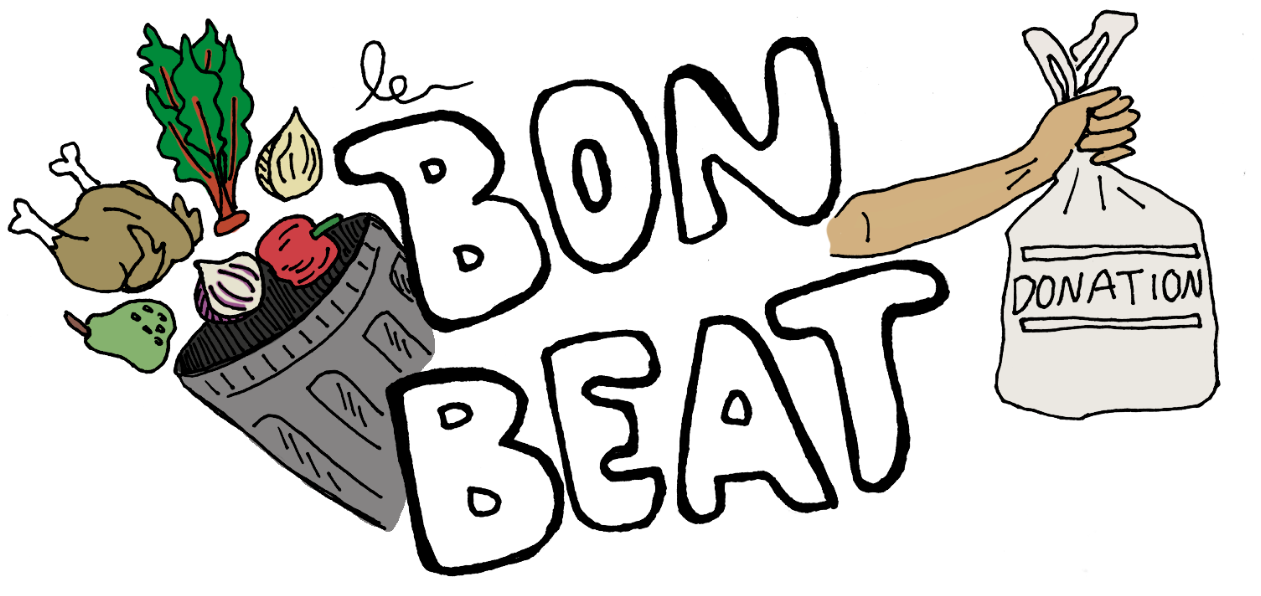
Upon walking into Fields Dining Hall, one of the first things you might see is a sign advertising Bon Appétit’s food donation partnership with Urban Gleaners, a food donation and assistance non-profit. A similar sign can be found at the dish bin, and the program is promoted on their website.
Although a 2018 Pioneer Log article revealed that Bon Appétit had not consistently donated food for the previous two years, the donation system has now been restored.
According to Ryan Jensen, the Bon Appétit general manager at Lewis & Clark, the program was restarted the day the article was published. Jensen said he had left to work at another college in the area during the period that the “gleaning,” their term for collecting and donating food, had stopped.
“When I left, we were gleaning,” Jensen said. “And when I came back … I was not aware until that news article came out at the end of that week that it had been disrupted. So we were on the phone, by eight o’clock in the morning … and got (Urban Gleaners) set back up to come back out.”
Jensen said he was disappointed to find out about the lack of gleaning when he returned, and he said Bon Appétit tries to waste as little food as possible.
“We try to minimize the food that we donate,” Jensen said, “not because we don’t want to donate food, but we would like to not have the waste in the first place so we can put those resources back into the food programs for our guests.”
Cas Mulford ’23, a student worker at Fields Dining Hall, confirmed that workers donate food, but pointed out that there are limitations on how much is donated.
“We have a system to donate the food, but it doesn’t always get donated,” Mulford said. “Right now, how it works is we have one cart that we reserve just for Urban Gleaners food, and once that cart is full we can’t donate anymore beyond that, so we just compost (the rest).”
Mulford said that there are limitations as to what Urban Gleaners will accept, such as food from the salad bar can not be donated, but proteins can. Jensen mentioned these same limitations. Mulford also said that how much gets sorted on a given night can depend on how strict the managers are, but that gleaning is something that is emphasized to workers.
“When I was trained they put a pretty heavy emphasis on it,” Mulford said.
Despite the limitations on what can be donated, Clare Stager, Program Director at Urban Gleaners, stated that Bon Appétit at LC was one of the non-profit’s largest food donors in 2019.
“We pick up a giant amount of food from them every Tuesday morning, and I actually just pulled up the weight … from 2019,” Stager said. “It’s 27,716 pounds (12,571 kilograms).”
According to Urban Gleaners, approximately one in five children in the state of Oregon are food insecure, and their mission is to help feed those children and low-income families. The non-profit sets up markets at elementary schools where families can take food when picking up their kids.
“We’re getting all the food from your cafeterias,” Stager said. “And then we repackage (it) into meals for what we like to say is a family of four, approximately, and then we redistribute all that food to low-income families and kids.”
Subscribe to the Mossy Log Newsletter
Stay up to date with the goings-on at Lewis & Clark! Get the top stories or your favorite section delivered to your inbox whenever we release a new issue.

Leave a Reply